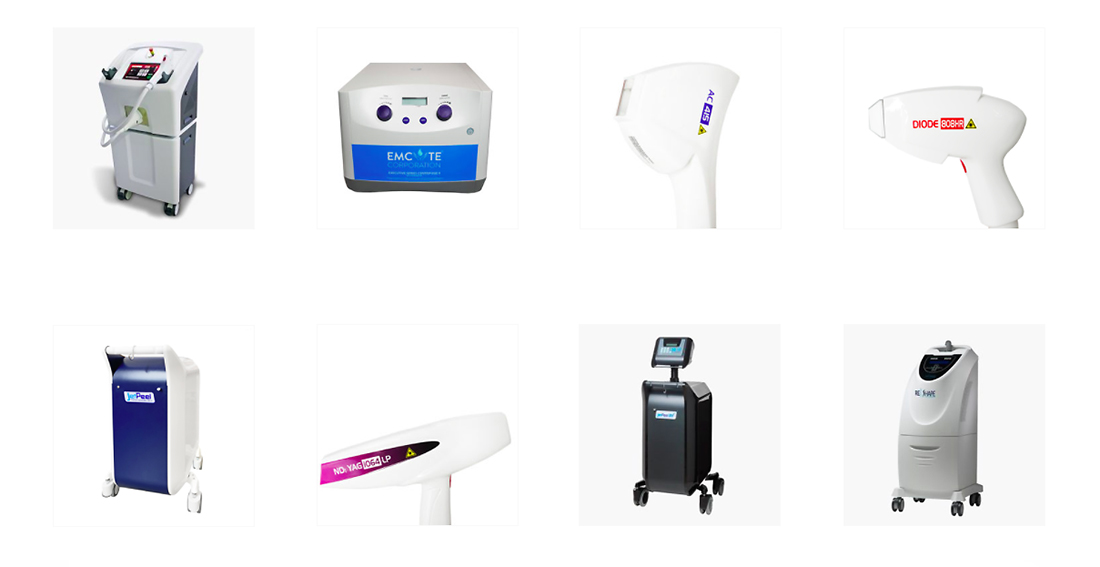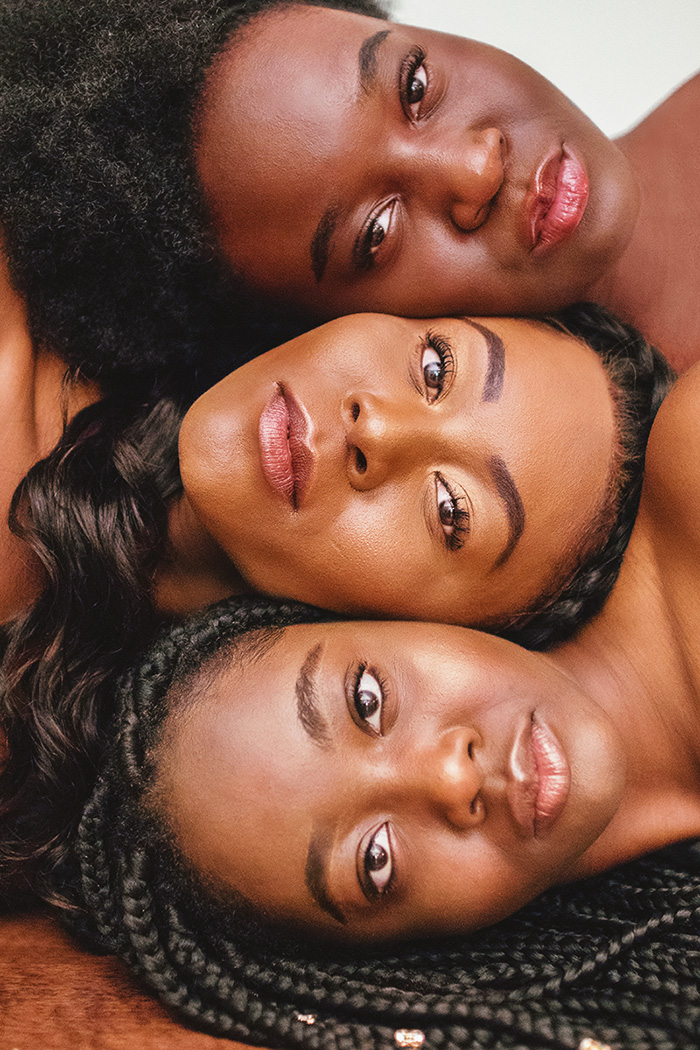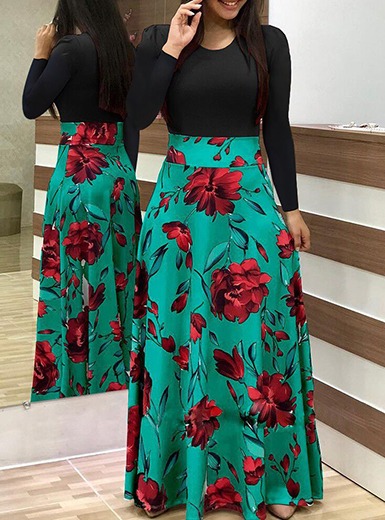Let’s Talk Lasers
unless you’ve been living under a rock for the last decade or so, you’ll know all about the use of lasers as a popular, effective tool for a wide array of skincare issues. it seems they are the be-all and end-all of the skincare industry, and for good reason. lasers get the job done. more accurately, they get the jobs done. i, myself, have looked into it multiple times over the last few years, to address everything from hyperpigmentation to hair removal.
what i’ve learned is that different lasers can help improve our skin health in a variety of ways. that is why it’s so important to understand them and select the right procedure–or combination of procedures–for our skin. here are some bits to keep in mind if you are looking into getting a laser treatment done anytime soon:
1. laser beams treat skin with light and heat. in other words, they perform a two-pronged attack on skin problems. they are monochromatic (single color), super focused beams of light, and those focused beams emit a lot of heat as well. the type of light used, also known as a wavelength, coupled with the amount of heat used, affects what the laser does to the skin. for example, changing the laser wavelength can alter the layers of skin affected by the treatment you undergo.

via nyloaesthetics.com
2. there is a rather diverse selection of laser procedures available in the modern world, making them even more popular by the day. especially in clinics that specialize in them, you can now find lasers in all shapes and sizes, with very distinct purposes, such as Nylo Aesthetics devices. companies like Nylo Aesthetics want to provide not only top quality treatments, but also a wide variety of treatment options for patients.
early skincare lasers were somewhat limited in what they could accomplish. in particular, most of them were not recommended for treating dark skin. today, not only can more skincare procedures be performed with cosmetic laser tools, but all skin tones can also be treated. so, you can have skin problems like fine lines, scars, wrinkles or sun spots treated with ease.
3. every laser type and wavelength has its own strong suits. for instance, ablative lasers are calibrated to treat the part of your skin you can see, as well as layers near the surface. some also treat additional layers. therefore, they are used to immediately treat visible blemishes and restore a healthier appearance to your skin’s surface.
non-ablative lasers are somewhat different. they are used specifically to treat cells in ways you cannot see. such treatments cause an increase in collagen within your body over time. collagen is a cellular glue-like substance. it helps give your skin its elasticity while at the same time preventing it from loosening too much. it is lack of collagen or improper collagen distribution that can cause everything from skin wrinkles to raised scars.
4. the results of laser skin treatments in clinics are obviously far beyond what we can achieve on our own at home. however, the exact extent of the results–and how quickly we see them–is a variable that cannot always be predicted. some treatments, such as ablative laser peels, show almost immediate results. non-ablative therapies, on the other hand, can still be positively improving your skin health long after you leave the skincare clinic. always keep in mind: certain laser procedures are meant to be performed over several sessions.
5. when choosing to get any laser treatment done, it is SO important to understand the differences between each treatment, as mentioned above. it also requires us to understand our own body and its needs. a clinician can help with that by checking out the current condition of our skin and making corresponding recommendations. from there, they can make suggestions on the laser treatment/s needed, or otherwise recommend non-laser alternatives more likely to help.









 @nobelajewelry
@nobelajewelry
 #hinhingirls
#hinhingirls

 this l
this l

 i’ve b
i’ve b

